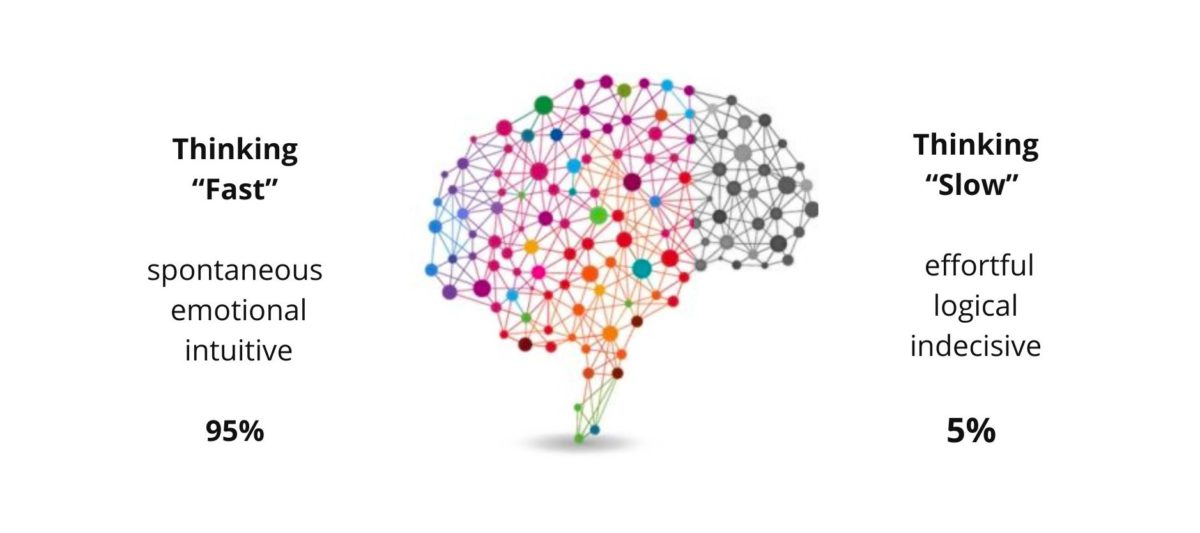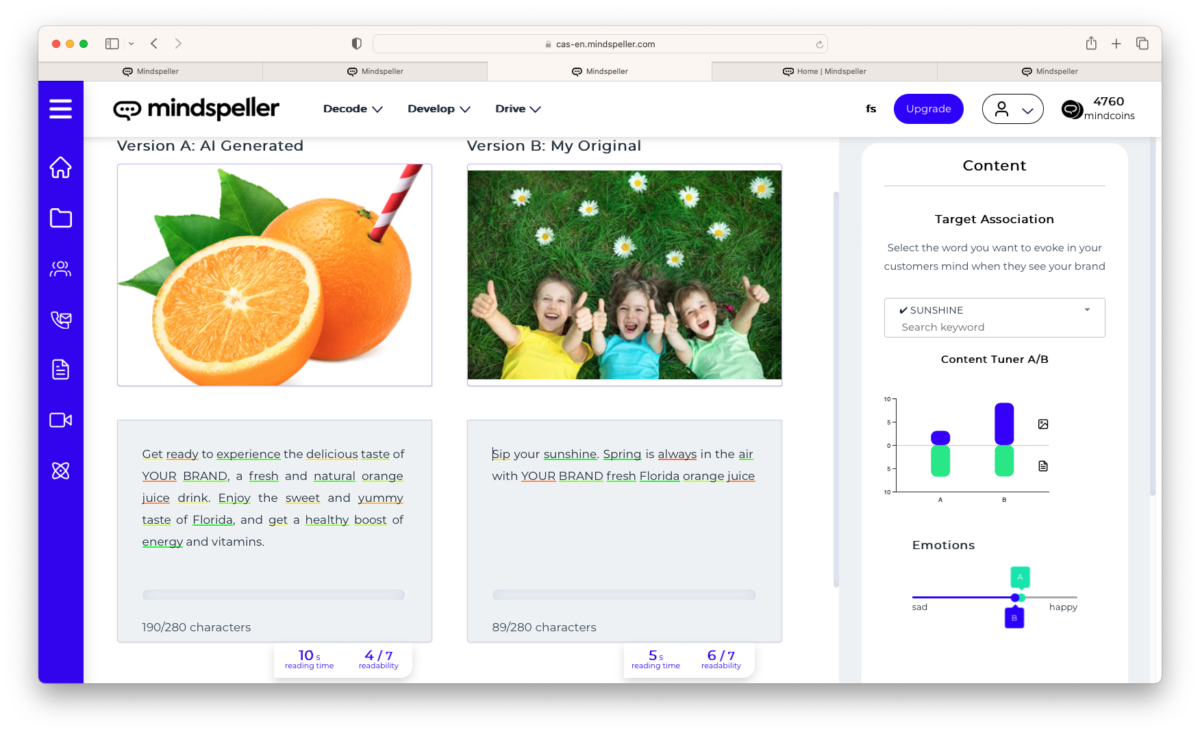In today’s digital age, marketers are constantly seeking innovative strategies to captivate and convert their target audiences. One such strategy that has gained immense popularity is neuromarketing. With the power to tap into the subconscious mind of consumers, neuromarketing provides valuable insights into their emotions, decisions, and behaviors. This is enabling marketers to create highly targeted and impactful campaigns.
Abstract
This article delves into the rising prominence of neuromarketing in the realm of digital marketing. Neuromarketing, a multidisciplinary field, combines neuroscience, psychology, and marketing to uncover how the human brain responds to marketing stimuli. By tapping into the subconscious aspects of consumer behavior, it offers valuable insights into emotions, decisions, and behaviors.
The article explores the science behind neuromarketing, including tools like fMRI, EEG, eye-tracking, and biometrics. It introduces the concepts of “System 1” and “System 2” thinking and emphasizes their significance in influencing consumer behavior. Furthermore, it discusses the application of neuromarketing principles in digital marketing and ethical considerations related to privacy and manipulation. The article concludes by highlighting the potential for neuromarketing to reshape how products and services are marketed to consumers while emphasizing the importance of responsible and ethical usage.
Neuromarketing
Neuromarketing is a multidisciplinary field that combines principles from neuroscience, psychology, and marketing to study how the brain responds to marketing stimuli. It aims to uncover the neurological and cognitive processes that influence consumer decisions, allowing businesses to tailor their marketing strategies more effectively.
At its core, neuromarketing delves into the subconscious aspects of consumer behavior. It goes beyond what consumers say in surveys or focus groups and taps into their unspoken reactions and emotions. By understanding the brain’s response to advertising, packaging, and product design, marketers can create more compelling and persuasive campaigns.
The Science Behind Neuromarketing
Neuromarketing utilizes various scientific tools to gain insights into consumer behavior, including:
– Functional Magnetic Resonance Imaging (fMRI):
This technology enables researchers to monitor changes in blood flow in the brain while subjects are exposed to different stimuli, helping identify which brain regions are activated during specific activities.
– Electroencephalography (EEG):
EEG measures electrical activity in the brain and is useful for capturing the precise timing of cognitive responses, helping to identify split-second reactions to certain stimuli.
– Eye-tracking:
This technology records where a person’s eyes are focused when viewing a website, an advertisement, or a product, revealing which elements of a marketing campaign draw the most attention.
– Biometrics:
Measuring physiological responses such as heart rate, skin conductance, and facial expressions provides insights into emotional reactions, allowing marketers to understand the emotional impact of their campaigns.

System 1 and System 2
In the realm of neuromarketing, the concepts of “System 1” and “System 2” thinking, popularized by Nobel laureate Daniel Kahneman in his book “Thinking, Fast and Slow,” hold particular relevance. System 1 represents the brain’s fast and intuitive mode of thinking, making quick decisions and emotional responses, while System 2 is the slower, more deliberate, and analytical mode of thinking.
Neuromarketing studies show that System 1 thinking is highly influential in consumer behavior, as emotional and intuitive responses often drive consumer decisions, while System 2 thinking is engaged when consumers consciously justify or rationalize their choices. Successful marketing campaigns often aim to engage both systems, harnessing the emotional power of System 1 while providing rational reasons through System 2 to support the buying decision.

Applying Neuromarketing to Digital Marketing
Digital marketing provides numerous opportunities to incorporate neuromarketing principles into campaigns. From website design to content creation. Every aspect of digital marketing can be optimized to engage the audience on a deeper level. Visual content, which our brains process faster than text, is a key component of effective digital marketing.
Neuromarketing Tools and Techniques for Digital Marketers
Neuromarketing relies on data-driven methodologies to gain insights into consumer behavior. Tools and techniques for such as eye-tracking, facial expression analysis, and brain imaging allow marketers to gather valuable data for making informed marketing decisions.
One effective neuromarketing tool is Implicit Associations (IAs). These IAs provide real data about your target audience’s subconscious associations with your content. Understanding the Implicit Associations that your creatives evoke enables you to optimize your messaging to evoke associations that are beneficial to your campaign, product, or brand.
If you are interested in exploring Implicit Association Testing, Mindspeller could be the ideal tool for you. The Mindspeller team is eager to provide you with all the information you need about utilizing implicit associations for your marketing. You can get a free trial here.
If you want to learn more about how digital agencies can leverage the Mindspeller neuromarketing tool, this article could be interesting: Read more.
Ethical Considerations
While neuromarketing offers powerful tools for understanding consumer behavior, it also raises ethical questions related to potential manipulation of individuals’ subconscious desires and privacy concerns about collecting sensitive biometric data. It’s crucial for businesses to use neuromarketing techniques responsibly and transparently, respecting consumer autonomy and consent.
In conclusion, neuromarketing is a game-changer in the world of marketing. By gaining insights into the subconscious aspects of consumer behavior, businesses can create more effective and emotionally resonant advertising campaigns. As technology advances and our understanding of the human brain deepens, neuromarketing is likely to play an increasingly central role in shaping the way products and services are marketed to consumers. However, ethical considerations should always be at the forefront of its application, ensuring consumer well-being and privacy are safeguarded in this exciting field of study.



